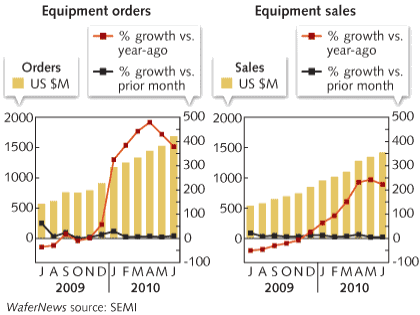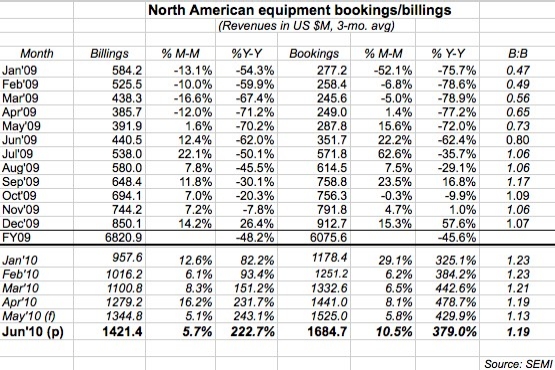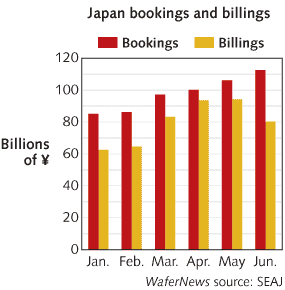(July 29, 2010) — Teledyne Technologies Incorporated (NYSE: TDY) has completed the acquisition of Intelek plc (AIM: ITK.L). Teledyne was the beneficial owner of, or had received valid acceptances in respect of approximately 93% of Intelek’s ordinary shares.
Teledyne declared its offer to Intelek shareholders wholly unconditional, as all closing conditions of its offer had been satisfied or waived. Under the terms of the Offer, Intelek’s ordinary shareholders will receive 32 pence in cash for each Intelek Share valuing the entire existing issued ordinary share capital of Intelek at approximately £28 million.
Intelek is a group of companies that primarily design and manufacture electronic systems for satellite and microwave communication. Through its Paradise Datacom division, Intelek designs and manufactures satellite modems, transceivers, block up-converters, solid state power amplifiers, low noise amplifiers and associated equipment for the terrestrial segment of the satellite communications market. Intelek’s Labtech division is a manufacturer of microwave circuits and components primarily for the defense electronics, global telecommunications, space and satellite communications markets. Intelek’s CML Group division manufactures precision machined and composite aerostructures for military and commercial aircraft. Following the acquisition, the three divisions will change their names to Teledyne Paradise Datacom, Teledyne Labtech and Teledyne CML Group.
The aggregate value for the transaction will be approximately £35 million (or approximately $52 million) taking into account Intelek’s stock options, net debt and pension deficit as of March 31, 2010. For the year ended March 31, 2010, Intelek had sales of approximately £38 million.
On July 29, Teledyne reported second quarter 2010 sales of $442.5 million, compared with sales of $441.1 million for the same period of 2009. Net income for the second quarter of 2010 was $28.6 million ($0.78 per diluted share), compared with net income of $25.2 million ($0.69 per diluted share) for the second quarter of 2009.
“Our commercial businesses continued to recover nicely in the quarter,” said Robert Mehrabian, chairman, president and chief executive officer. "Our Electronics and Communications segment performed well as a result of double-digit sales growth and margin improvement in our commercial electronic instrumentation businesses. Our commercial aerospace businesses also performed strongly with increased sales and improved margins."
Teledyne Technologies provides sophisticated electronic subsystems, instrumentation and communication products, engineered systems, aerospace engines, and energy and power generation systems. Teledyne Technologies’ operations are primarily located in the United States, the United Kingdom and Mexico. For more information, visit Teledyne Technologies’ website at www.teledyne.com.
Follow Advanced Packaging on Twitter.com by clicking www.twitter.com/advpackaging. Or join our Facebook group


 The technological breakthrough achieved by GFD employs two specialized processes: the nanocrystalline diamond coating of a carbide blade followed by the plasma sharpening of the blade. To manufacture such a razor blade, a nanocrystalline diamond coating is first applied to a carbide blade, then the minute, jewelled layers are polished by an innovative plasma sharpening process developed by the GFD researchers. The blade is polished until the cutting edge is sharpened to only a few nanometers, therefore consisting of merely a few atoms. This process manages, for the first time, to combine the hardest material in the world with the sharpest possible cutting edge. Read more about nano production equipment here:
The technological breakthrough achieved by GFD employs two specialized processes: the nanocrystalline diamond coating of a carbide blade followed by the plasma sharpening of the blade. To manufacture such a razor blade, a nanocrystalline diamond coating is first applied to a carbide blade, then the minute, jewelled layers are polished by an innovative plasma sharpening process developed by the GFD researchers. The blade is polished until the cutting edge is sharpened to only a few nanometers, therefore consisting of merely a few atoms. This process manages, for the first time, to combine the hardest material in the world with the sharpest possible cutting edge. Read more about nano production equipment here:  Designed to simplify the Raman technique for non-specialist instrument users, the packages are said to enhance productivity and provide accurate, rapid and reproducible results. Thermo Fisher packages contain hardware, software and sampling accessories. The DXR Nanocarbon Microanalysis Package, featuring the DXR Raman Microscope, is a complete system configured for microcharacterization. The DXR Nanocarbon Analysis Package, which leverages the Thermo Scientific SmartRaman, is a full system for bulk materials characterization.
Designed to simplify the Raman technique for non-specialist instrument users, the packages are said to enhance productivity and provide accurate, rapid and reproducible results. Thermo Fisher packages contain hardware, software and sampling accessories. The DXR Nanocarbon Microanalysis Package, featuring the DXR Raman Microscope, is a complete system configured for microcharacterization. The DXR Nanocarbon Analysis Package, which leverages the Thermo Scientific SmartRaman, is a full system for bulk materials characterization. Plasma-Therm’s VERSALINE HDPCVD system, with its high density ICP plasma and temperature-controlled environment, expands research capabilities by providing critical
Plasma-Therm’s VERSALINE HDPCVD system, with its high density ICP plasma and temperature-controlled environment, expands research capabilities by providing critical  technology to deposit high quality dielectric films at low temperatures. The Shuttlelock PECVD system uses a more traditional configuration of parallel plate electrodes that contributes fundamental and important deposition processes such as controllable low-stress silicon nitride. Together, the systems will be used to assist in the Nanofabrication Facility’s research efforts in areas such as
technology to deposit high quality dielectric films at low temperatures. The Shuttlelock PECVD system uses a more traditional configuration of parallel plate electrodes that contributes fundamental and important deposition processes such as controllable low-stress silicon nitride. Together, the systems will be used to assist in the Nanofabrication Facility’s research efforts in areas such as 

